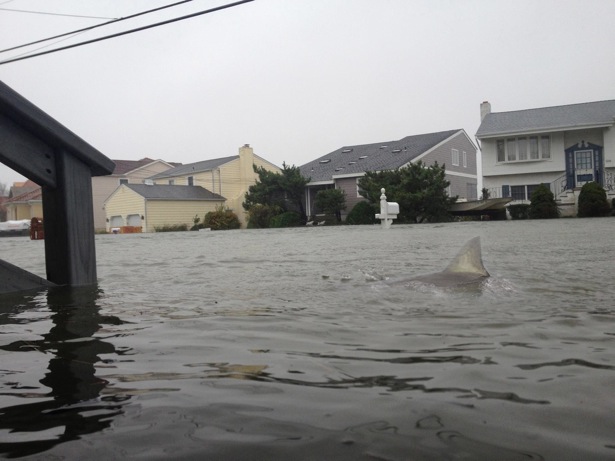But the federal government has done little to protect the residents of Arizona Avenue, or the millions of other working class and poor Americans who live near bays up and down the East Coast, from a worsening flooding crisis. Seas are rising as pollution from fossil fuel burning, forest losses and farming fuels global warming, melting ice and expanding ocean water. With municipal budgets stretched thin, lower-income neighborhoods built on low-lying land are enduring some of the worst impacts.
Climate Central scientists analyzed hundreds of coastal American cities and, in 90 of them, projected rapid escalation in the number of roads and homes facing routine inundation. The flooding can destroy vehicles, damage homes, block roads and freeways, hamper emergency operations, foster disease spread by mosquitoes, and cause profound inconveniences for coastal communities.
Atlantic City is among those facing the greatest risks, yet much of the high-value property that the Army Corps is working to protect was built on a higher elevation and faces less frequent flooding than neighborhoods occupied by working class and unemployed residentsan increasing number of whom are living in poverty

